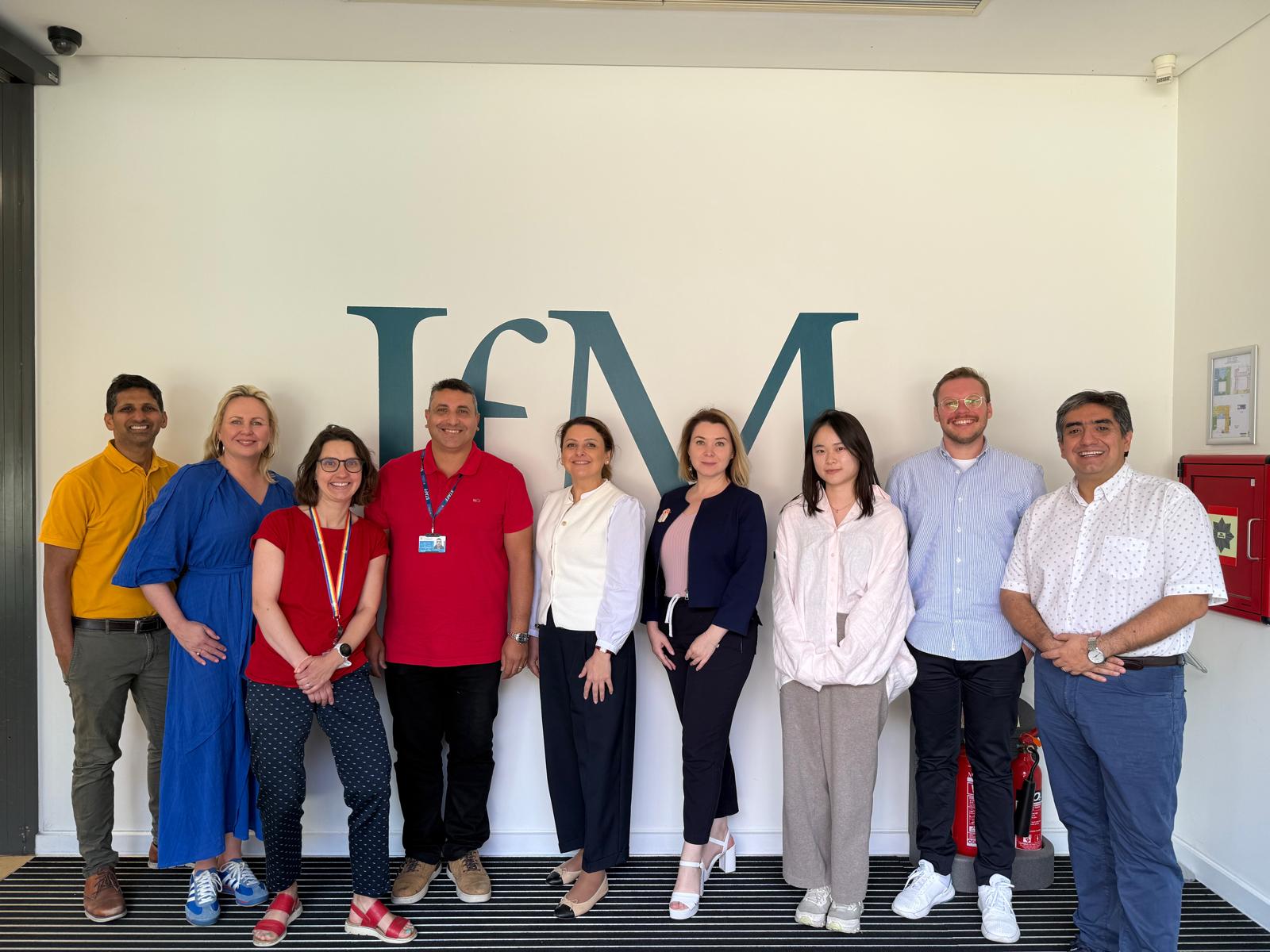Submitted by Angela Walters on Mon, 26/02/2018 - 11:19
Ben Lucas and Mohamed Zaki have been awarded one of the Mini-Projects funded from the Centre for Digital Built Britain. The project is on ancillary sensing for building information modelling.
Ancillary sensing in the context of BIM concerns drawing new sources of useful information into common data environments used in the design, creation and management of the built environment physical assets. The field is ripe for disruption. The goal of this project is to develop two separate current practice, policy and future research frameworks under the umbrella theme of ancillary sensing for BIM. The basis for this will be two separate scientific literature reviews, conducted manually by and in consultation with subject matter experts, and supported by automated analysis of scientific database resources (e.g. Thomson Reuters Web of Science), culminating in the development of thought-leading managerial frameworks.
Background and Situation: Capitalising on new digital data sources is central to the development of Building Information Modelling (BIM) and the progression of the architecture, engineering and construction (AEC) sector through BIM levels at all stages of the physical asset lifecycle (NBS, 2017). Relatedly, Digital Built Britain ‘Level 4’ “rests on the exploitation of data”, including user-generated data and advancing “understanding of user needs and behaviours”, including translating user needs and behaviours “into asset and system performance measures” (CDBB, 2017, p.4). Thus, this proposal aims to investigate the current practice of two under-investigated frontier themes within this sphere which are detailed as follows:
(1) User generated online data, such as social media, its role in informing the design, creation and management of the built environment (Grover and Froese, 2016; Wilkinson, 2017; Bendler et al., 2018), including through public engagement (Lee and Kwak, 2012; Yu and Leung, 2015). For instance, Leyden et al (2017) found that there exists a lack of consensus around enabling digital-enabled meaningful and inclusive participatory processes in the context of built environment stakeholder engagement.
(2) Advancements in occupant behaviour modelling (Yan et al., 2015; Feng, 2017; Hong et al., 2017) utilising new human-focused sensor technologies (Lederman et al., 2017; Montanari et al., 2017a; Montanari et al., 2017b; Montanari et al., 2018) and computer vision (Alahi et al., 2017). Currently, occupant behaviour modelling is grounded in the use of built environment data from traditional sources, along with simulation models. Increasingly however, new possibilities are emerging in human activity recognition (HAR) to shed more light on behavioural processes from the perspective of psychology, sociology and organisational behaviour.
Both themes are lent additional credence by the growing Smart Cities literature, which has thus far emphasised developing cities into citizen-centric, data-enabled ecosystems, with an emphasis on using existing data resources for improving quality of life (Delmastro et al., 2016; Ramaswami et al., 2016; Pereira et al., 2017; Yeh, 2017) including by embracing public opinion online (Lansley and Longley, 2016), as well as more 3 commonly incorporating scaled hardware sensing to create new data points for understanding the built environment (Zanella et al., 2014).
Solution: The goal of this project is to develop two separate current practice, policy and future research frameworks for each of these sub-themes, under the umbrella theme of ancillary sensing for BIM. The basis for this will be two separate scientific literature reviews, conducted manually by and in consultation with subject matter experts, and supported by automated analysis of scientific database resources (e.g. Thomson Reuters Web of Science), culminating in the development of thought-leading managerial frameworks.
Researchers:
Mohamed Zaki,
Cambridge Service Alliance,
Department of Engineering
Ben Lucas,
Nottingham University Business School



